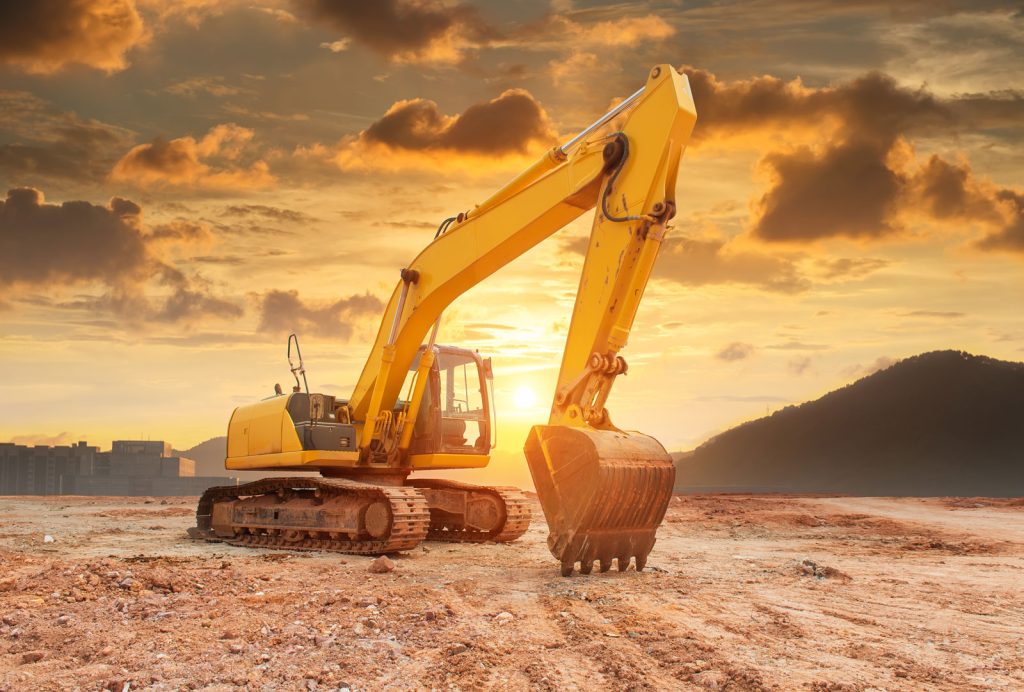Excavators are incredibly useful machinery for various construction, mining and agricultural applications.
With different sizes, shapes and capabilities, it can be challenging to know which type of excavator is best for the job. In this post, we’ll discuss the eight most common types of excavator and their applications.
Crawler Excavators
Crawler excavators, also known as track hoes, are the most powerful type of excavator used for excavation, trenching and demolition. They are much slower than wheel excavators but offer more power and stability. Crawler excavators are ideal for large and deep excavation jobs.
Mini Excavators
Mini excavators are a great choice when you need a smaller, more manoeuvrable machine for light-duty tasks, such as landscaping, digging pools and trenches and removing stumps. Mini excavators usually have a maximum digging depth of 8 feet and a maximum reach of 15 feet.
Long-Reach Excavators
Long-reach excavators are ideal for deep excavation jobs, such as digging trenches and laying pipes. They feature an extendable boom and arm, allowing them to reach depths of up to 60 feet in mining, dredging and demolition applications.
Wheeled Excavators
Wheeled excavators are an excellent choice for general-purpose tasks. They are very versatile and offer a good balance between power and manoeuvrability. They usually have a 360-degree rotating cab and can travel on the road. Wheel excavators are the most common type, ideal for construction, landscaping and demolition work.
Dragline Excavators
Typically found in mining and quarrying operations, dragline excavators use a large bucket on the end of a long cable. The cable lowers and raises the bucket, allowing it to scoop up large amounts of material from the ground.
Hydraulic Shovels
Hydraulic shovels are often bigger than the other excavators mentioned here and can handle larger digging jobs, especially in open-cast mining operations.
Tunnelling Excavators
Tunnelling excavators are a type of wheel excavator that is used for digging tunnels and can be equipped with special attachments, such as an extended boom and tunnel boring machine, that allow them to dig through large quantities of rock and soil, making them suitable for mining, rail and water supply operations.
Skid Steer
Skid Steers are compact tracked or wheeled excavators. The main benefit of a skid steer is that it is incredibly versatile. The machine can easily manoeuvre in tight spaces for various tasks, including digging, grading, lifting, and hauling, making it perfect for many applications. Furthermore, the machine can be fitted with multiple attachments, including buckets, augers, and forks, customising them to suit specific tasks.
Minimising Machinery Downtime
All the machines mentioned above have different capabilities and applications, so it’s important to choose the right type of excavator for the job. It is also essential to maintain these machines to minimise expensive downtime.


